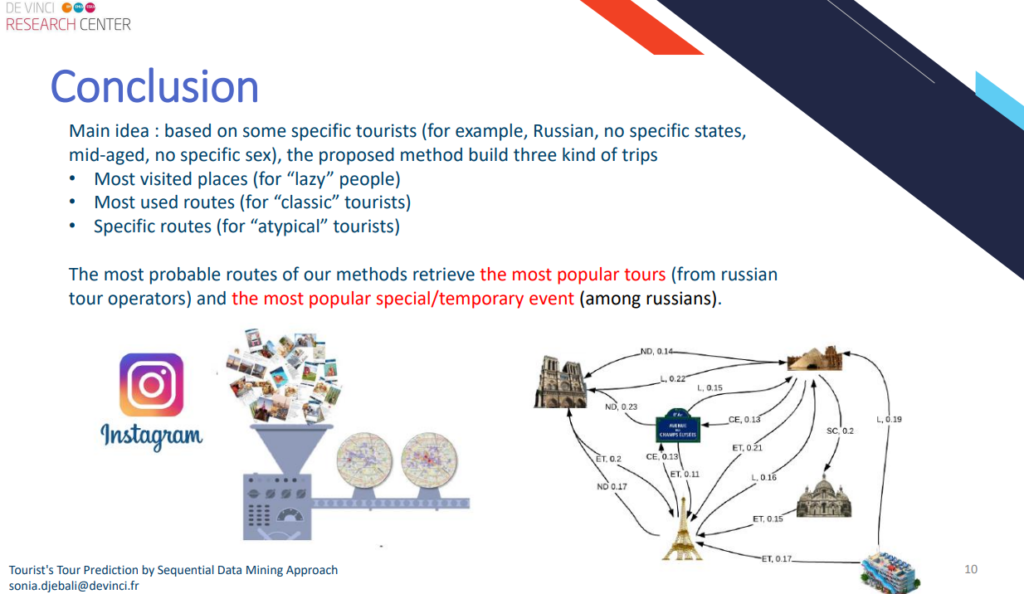Here is a non-exhaustive description of an oral conference presentation (20 – 30 minutes). When your scientific paper is accepted into a conference, you will be required to present your work.

Page contents
ToggleOral conference presentation: title page
Your title page must, as its name indicates, present the title of your subject, your name and the name of your supervisors, the institution and the department in which you are carrying out your research work. The name, logo and date of the conference must appear on this page. It is possible to put conference information as a footer for the entire presentation.

Introduction and background
A conference has many areas of interest. It is therefore essential to properly frame the framework of your research in a scientific and socio-technical context. Your oral conference presentation must meet the questions following in his introduction :
What is the thematic area you are investigating?
What are the specific research questions you are preparing to answer?
Why is it important to answer this question?
What were the objectives of your research?
It is important to add diagrams and figures in order to highlight the importance of your work. This can be done in one or several pages, it all depends on the importance of the socio-technical and economic context in which your research work takes place, and the technical part of the latter.
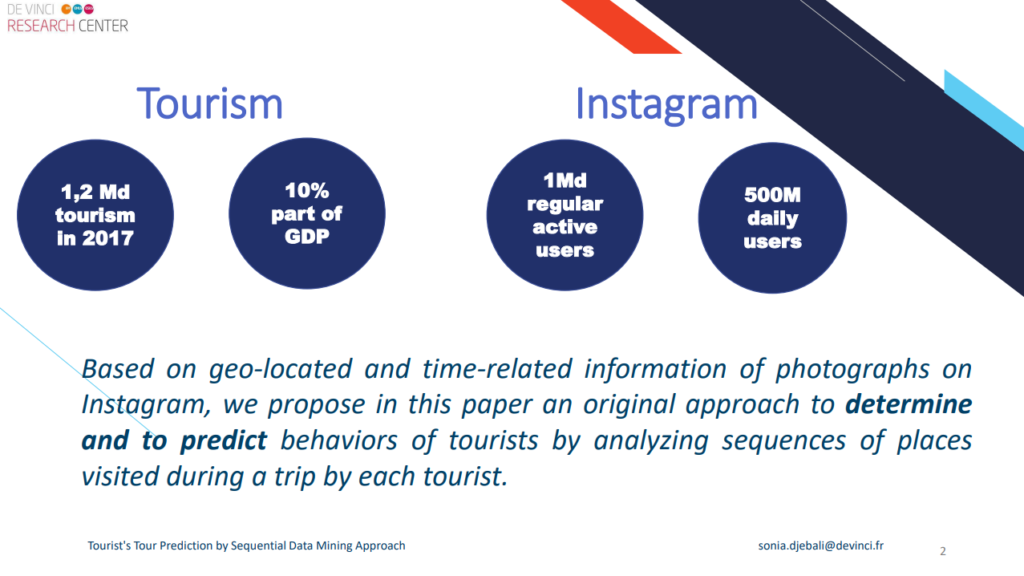
State of the art / literature review
To present a state of the art, you must rely on references. For cited papers, the following points:
- Current research relevant and close to your subject
- Different theories that may apply to your specific research area
- Weak points currently highlighted
You can formulate your state of the art according to the following plan:
- Slide 1: Compare and contrast: what are the main theories, methods, debates and controversies?
- Slide 2: Be critical: what are the strengths and weaknesses of different approaches?
- Slide 3: Show how your research fits together: how will you build on, challenge, or synthesize the work of others?
Following the review of the literature, it's a good idea to rephrase your main objectives, bringing the focus back to your own project. The section on design or methodology The research should describe the overall approach and practical steps you will take to answer your research questions.
Methodology
When presenting work that has led to results and discussion, it is important to present your methodology in a simple and effective page. Here, the speech is very important because the support is only present as a visual to your explanations.
Above all, you must explain and argue your choice of methodology:
- The type of study you conducted: qualitative, quantitative or mixed
- The methods you chose and why
- Population details, sampling methods and other information
- Provide information on how you analyzed the data you collected
Each part of the method must be explained, argued in context in order to make sense of it to the audience. You can then return to your objectives and give meaning to your methodology by extrapolating the expected results.
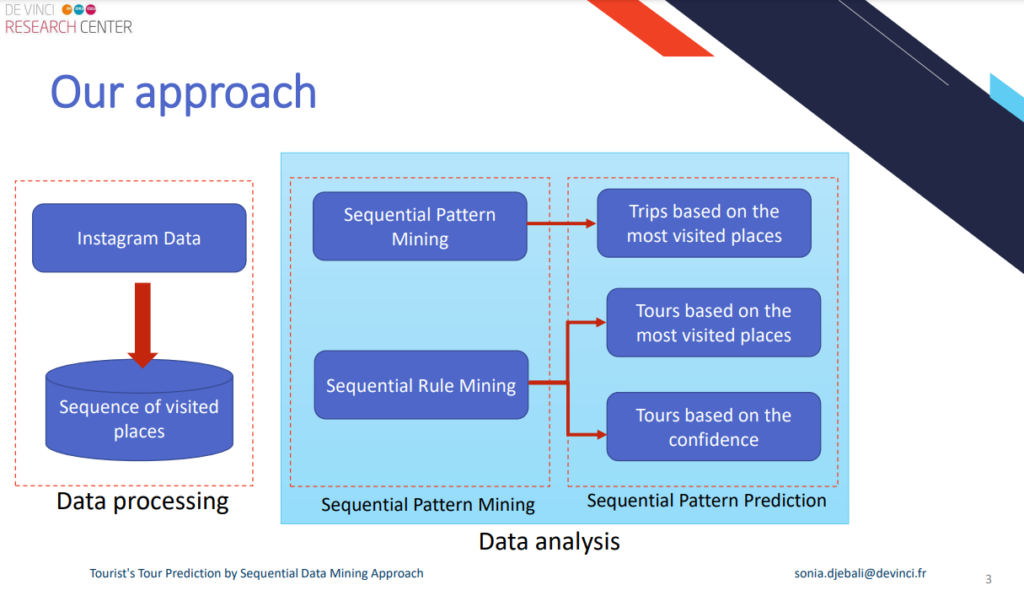

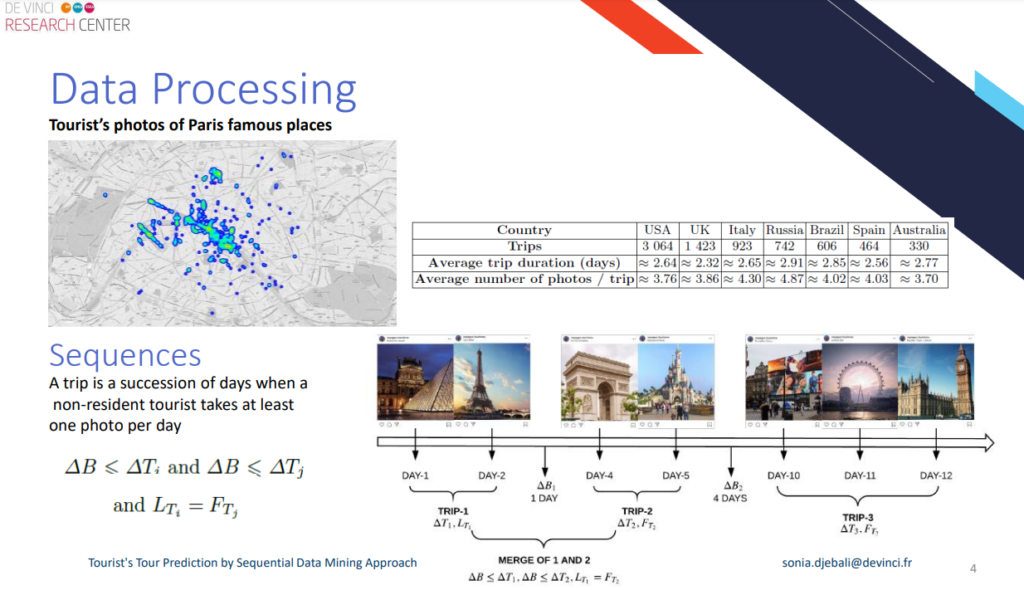
Results and Discussions
This part should give the committee/public a good understanding of what you discovered during your research. It must cover the following elements:
- An overall description of the data you collected during your research
- The results of the analysis you did on this data
- What were the most significant results from your data
Highlight here the significance of the results in relation to your disciplinary program and the research you have carried out:
- What are the main findings and what do they mean in relation to your research?
- How do these findings relate to what others have found in the past?
- How can you explain a result unusual or surprising?
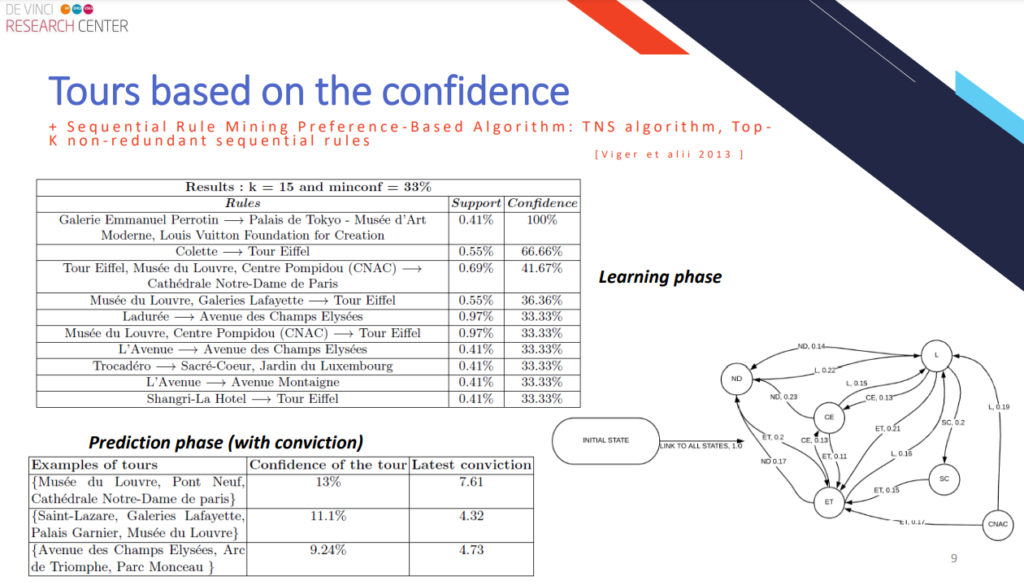
Conclusion
There conclusion is a very important page of the presentation because it refocuses the main ideas of each part of the oral conference presentation.
Here is the information that this page should contain:
- Rephrase your research questions
- Show how your results answer these questions
- Show what contribution you made
- State the limitations of the work you have done
- Suggest future research
- Make recommendations
